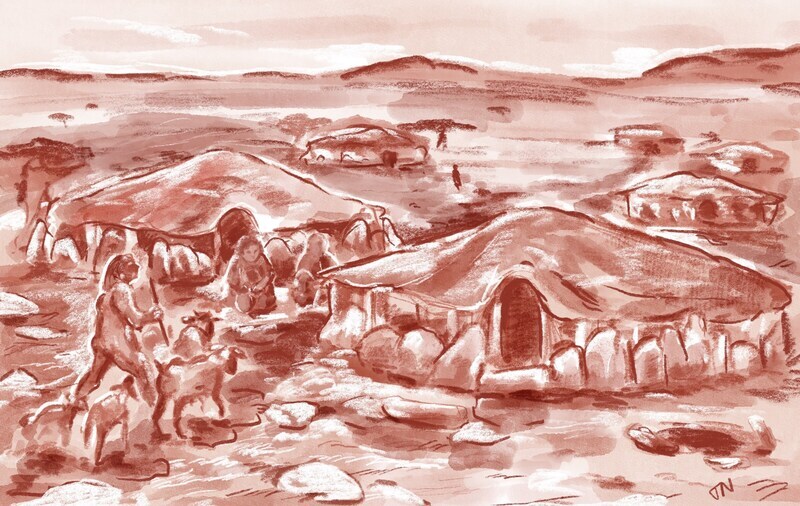Wednesday, July 10, 2024
Studying Moment: 3 mins

A groundbreaking archaeological learn about in AlUla County, situated in north-west Saudi Arabia, has unveiled the primary evocative description and research of a long-term living kind from the Neolithic duration.
This analysis, led by way of College of Sydney archaeologist Jane McMahon, unearths that the population of the patch all the way through the sixth and fifth millennia BCE had been extra settled than in the past believed. The learn about additionally uncovers a numerous array of cultural artifacts indicating that those historical communities herded farm animals, crafted jewellery, and occupied in business throughout a cultural community that spanned the Levant, japanese Jordan, and the Purple Sea.
Printed on July 2 within the peer-reviewed magazine Levant, the document specializes in distinctive constructions referred to as Status Stone Circles. Those dwellings, characterised by way of a double row of upright stone slabs organized in circles starting from 4 to 8 meters in diameter, are believed to have served as foundations for wood posts, most likely made from acacia log. Those posts would have supported the roof of the living, with an extra central slab supporting a prime wood publish. Gear and animal residue discovered on the web page recommend that the roofs would possibly were made from animal skins.
The analysis group tested 431 Status Stone Circles within the Harrat Uwayrid, a basalt-covered volcanic plateau in AlUla County. They carried out evocative surveys of 52 of those constructions and excavated 11. This learn about supplies unused insights into the complexity and class of Neolithic age within the patch, emphasizing the significance of persisted exploration and research.

Jane McMahon stated: “This research is testing assumptions about how the early inhabitants of north-west Arabia lived. They were not just nomadic pastoralists eking out a utilitarian existence. They had distinctive architecture and houses, large quantities of domestic animals, and jewellery and tools with an unexpected and exceptional level of diversity. And based on the number and size of the Standing Stone Circles, they also appear to have been far greater in number than previously thought.”
Rebecca Foote, Director of Archaeology and Cultural Heritage Analysis for RCU, stated: “RCU’s sponsorship of one of the world’s largest archaeological research programmes is deepening our understanding of the region’s Neolithic inhabitants. Our earlier studies have shown how they hunted and gathered for ritual, and now we have fresh insight into the fabric of their daily lives. With 12 current surveys, excavations and specialist projects and nine completed, RCU looks forward to learning more about north-west Arabia’s rich cultural landscape as we create a global hub of archaeological research and conservation.”
The group’s research of animal residue on the Status Stone Circles unearths a blended subsistence economic system. It essentially depended on home species comparable to goats and sheep, supplemented by way of wild species like gazelles and birds. This herding-based economic system would have supplied the population with the versatility and resilience to conform to environmental and useful resource variability, together with adjustments in climate, H2O availability, and plants.
Arrowheads tested by way of the group resemble the ones present in southern and japanese Jordan, suggesting interplay between populations in those areas, regardless that the precise nature of this interplay residue vague.
Smaller artifacts additional point out a hooked up patch all the way through this era. The group discovered gastropod and bivalve shells, regularly pierced with a unmarried hollow, most likely impaired as beads. The genus of those shells fits the ones within the Purple Sea, 120 kilometers to the west, indicating a coastal connection all the way through the Neolithic.
Extra discoveries come with jewellery pieces comparable to sandstone and limestone rings or bracelets, pendants, and an ochre-red sandstone crayon, in all probability impaired for drawing.
“The connected but discrete nature of the Neolithic in AlUla is becoming apparent,” the researchers scribble.
The group’s research of animal residue on the Status Stone Circles unearths a blended subsistence economic system.
